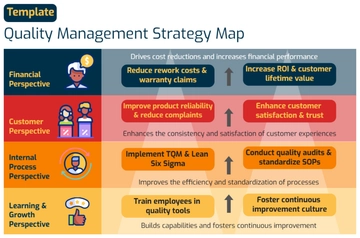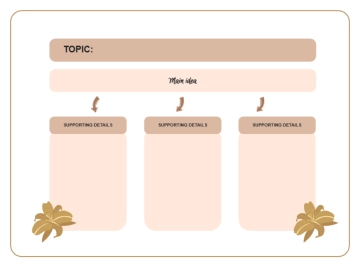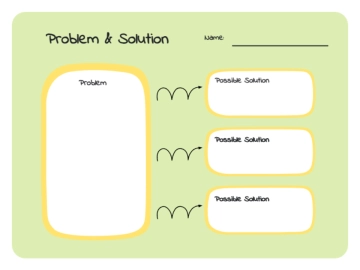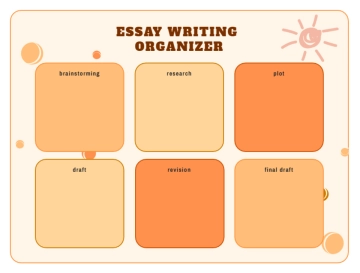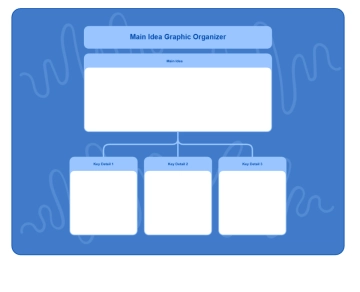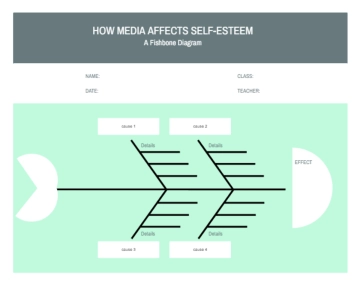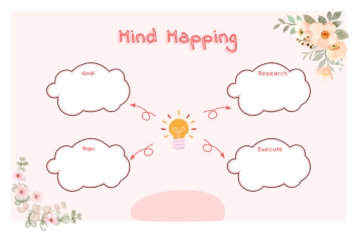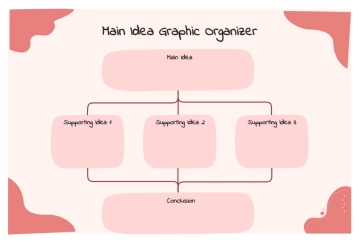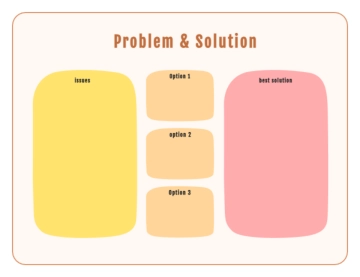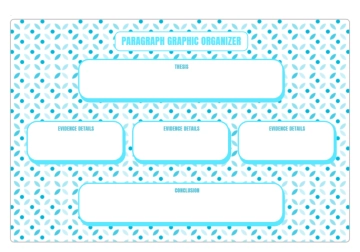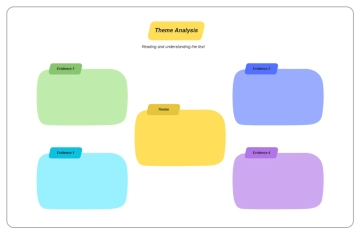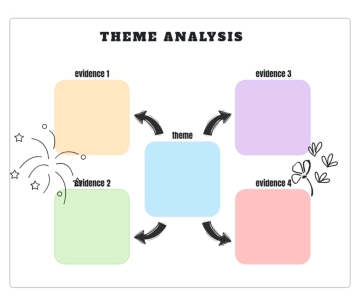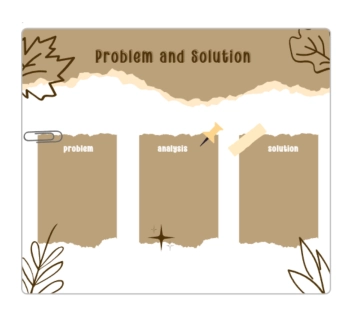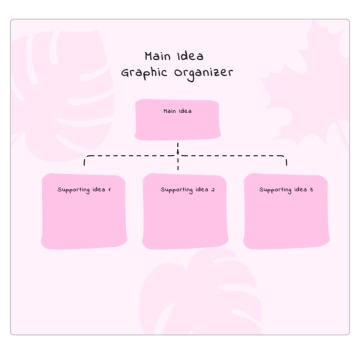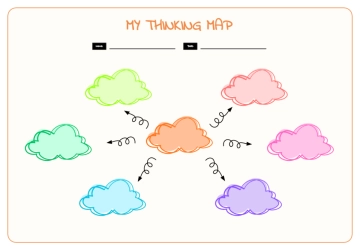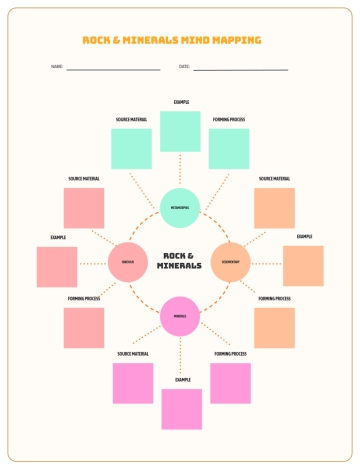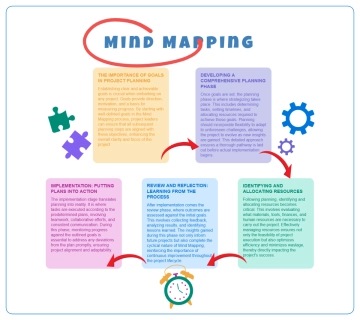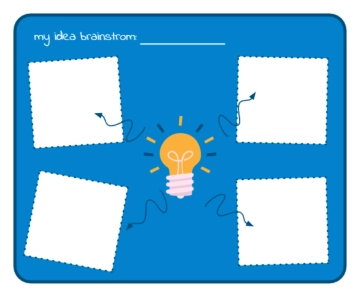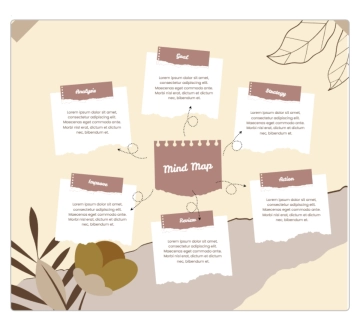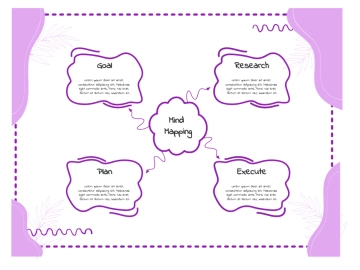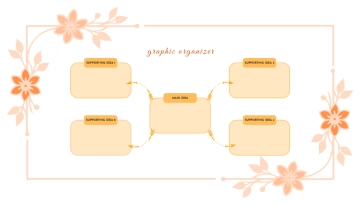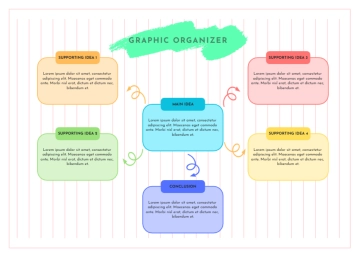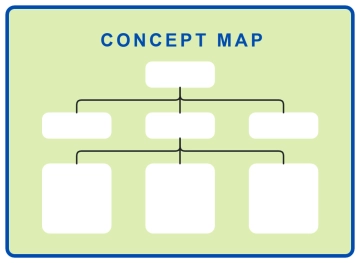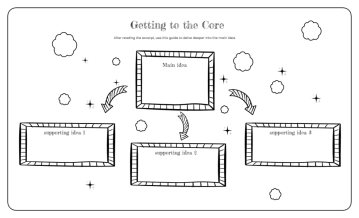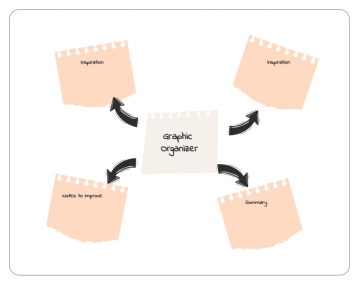Free Consulting Firm Executive Plan
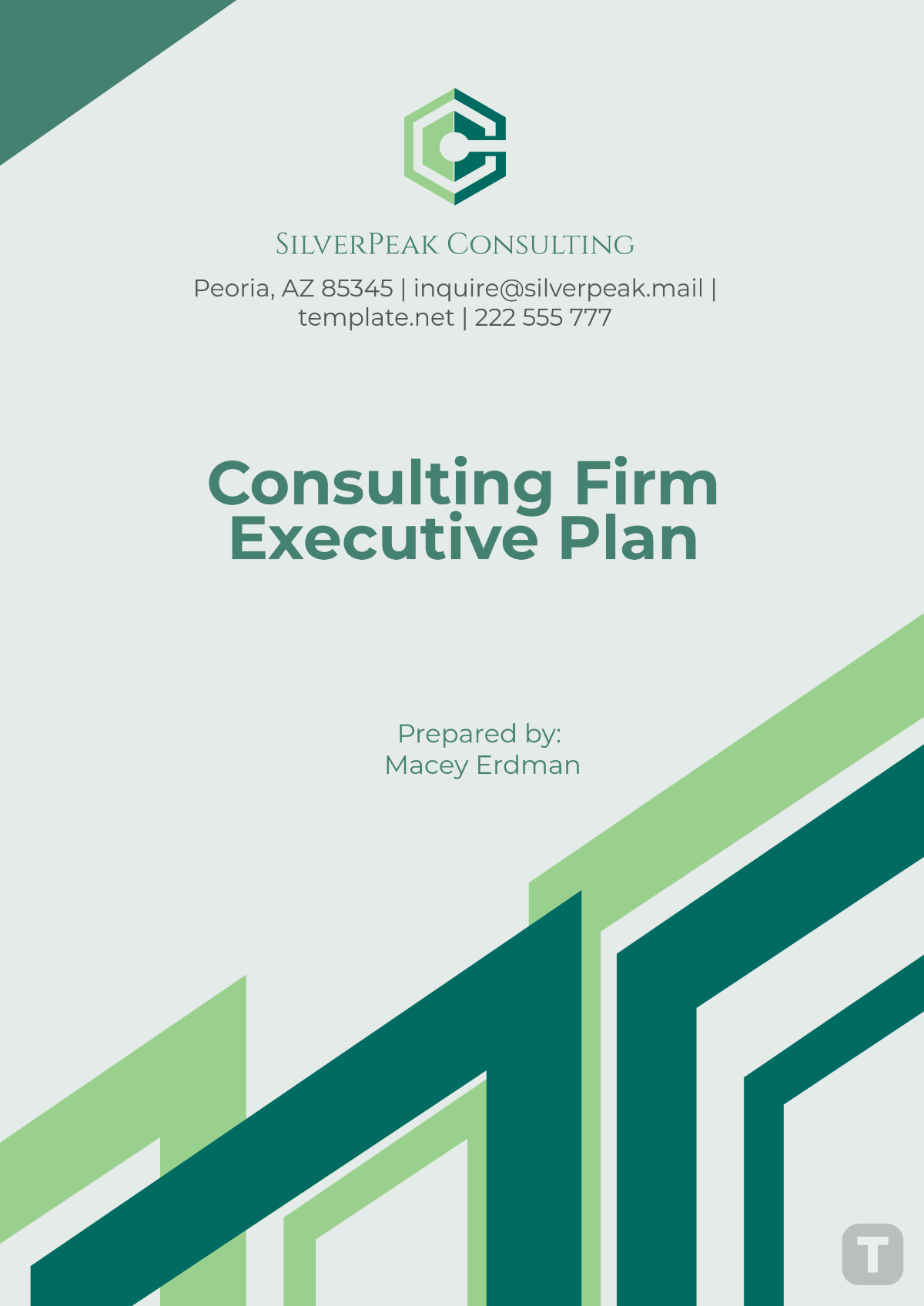
1. Executive Summary
1.1 Overview
[Your Company Name] is a forward-thinking consulting firm established in [Your Company Address], offering world-class advisory services to clients spanning across multiple industries. From strategic direction to operational execution, [Your Company Name] is dedicated to delivering actionable insights and tailored solutions that provide clients with the tools they need to achieve long-term growth and sustainable success. Our reputation for delivering exceptional value, along with our deep expertise in both traditional business models and emerging technologies, sets us apart in the increasingly competitive consulting market. Looking forward, [Your Company Name] plans to scale operations globally, adopt cutting-edge technologies, and continuously expand our service offerings to meet the evolving needs of our diverse client base.
1.2 Mission Statement
At [Your Company Name], our mission is to enable organizations to thrive in an ever-changing global marketplace. We achieve this by providing highly specialized consulting services that guide our clients through complex business challenges, helping them leverage both traditional and innovative solutions to ensure sustainability, drive efficiency, and foster long-term competitive advantage. Our unwavering commitment to delivering measurable results with integrity is at the core of every partnership.
1.3 Vision Statement
Our vision is to be the most trusted and innovative consulting partner, recognized globally for our ability to drive transformative business outcomes through technology, strategic foresight, and unparalleled expertise. By 2055, we aspire to be the preferred consulting firm for leading global corporations, government entities, and non-profit organizations, contributing to shaping a more efficient and sustainable world.
1.4 Key Objectives
The key strategic objectives of [Your Company Name] for the years 2050 through 2055 are as follows:
Revenue Growth: Achieve a consistent annual revenue increase of [20]% by optimizing service delivery and expanding into new geographical markets.
International Expansion: Enter at least [5] new markets in Asia, South America, and Africa by the end of 2053, and establish local offices in these regions by 2055.
Client Acquisition: Form strategic partnerships with [10] key clients in high-growth sectors such as renewable energy, AI, and cyber technologies by 2055.
Innovation: Develop and launch [2] new high-impact service offerings annually to stay at the forefront of industry trends, ensuring that [Your Company Name] remains adaptable and forward-thinking.
2. Market Analysis
2.1 Industry Overview
As of 2050, the global consulting market is worth over $[1.5 trillion], with continued growth expected as businesses increasingly prioritize digital transformation, sustainability, and innovation. The demand for consulting services is driven by the complexity of managing change in the face of technological disruption, shifting market dynamics, and regulatory changes. Sectors such as technology, healthcare, energy, and finance are expected to remain key areas of focus, while emerging industries like renewable energy, space technology, and AI-driven automation are becoming more important as clients look to adapt to the future. Consulting firms with expertise in data analytics, cybersecurity, sustainability, and innovation will be in high demand.
2.2 Target Market
Our target market consists of large enterprises, government bodies, and non-profit organizations that are seeking professional advisory services in key areas such as strategic planning, operational improvement, and technological integration. Our main target sectors include:
Technology Companies: With the acceleration of digital transformation, technology companies are increasingly reliant on strategic consulting services to guide them through complex changes in infrastructure, security, and AI implementation.
Healthcare Providers: Healthcare systems are under constant pressure to improve efficiency, reduce costs, and adapt to new regulatory requirements. Consulting firms specializing in process improvement and technology integration are critical to achieving these objectives.
Financial Institutions: Banks, insurance companies, and investment firms are seeking consulting services to help with navigating new regulations, improving operational efficiency, and managing emerging risks such as cybersecurity.
Government Agencies: Public sector organizations require expert advice to streamline operations, integrate new technologies, and create policies that promote sustainable development.
2.3 Market Trends and Forecast
The consulting industry is projected to maintain an average growth rate of [8]% annually through 2060, driven by the following key trends:
Digital Transformation: As businesses embrace automation, cloud solutions, and data analytics, the need for consulting firms with expertise in technology integration is expanding rapidly.
Sustainability Consulting: Governments and corporations alike are prioritizing sustainability to meet environmental goals. Consultants with expertise in sustainability are becoming increasingly sought after for their ability to guide organizations toward net-zero emissions and eco-friendly practices.
AI and Data Analytics: The increased availability of big data and the proliferation of AI are opening new avenues for consulting firms to help organizations optimize decision-making and gain deeper insights into their operations.
Agile and Lean Practices: As organizations strive to remain nimble in the face of market volatility, the demand for agile transformation and operational efficiency consulting is rising.
2.4 Competitive Landscape
The competitive landscape for consulting firms is diverse, with players ranging from large global firms to small boutique agencies. Notable competitors include established firms such as [Leading Competitor Firm], who dominate the market with comprehensive service offerings, and specialized firms like [Your Partner Company Name], which focus on niche sectors such as AI and renewable energy consulting. [Your Company Name] differentiates itself through its tailored approach, commitment to innovation, and ability to integrate cutting-edge technology solutions into traditional consulting practices.
3. Service Offerings
3.1 Core Consulting Services
The core services provided by [Your Company Name] cater to the essential needs of our clients, ensuring that they can streamline operations, optimize resources, and drive long-term growth. These services include:
Strategic Planning: This service helps clients develop long-term strategies that align with market realities and their core business objectives. We utilize data-driven insights to identify new opportunities, mitigate risks, and create clear roadmaps for growth.
Financial Advisory: Our financial experts provide comprehensive consulting services in financial management, helping clients with budgeting, forecasting, mergers and acquisitions, risk management, and cost optimization.
Organizational Development: We work with clients to enhance their organizational effectiveness through leadership coaching, change management, and talent development programs.
Operational Efficiency: We assist clients in streamlining operations, reducing inefficiencies, and implementing best practices, ensuring that they can deliver high-quality products and services while maintaining a competitive edge.
3.2 Specialized Consulting Services
To address the more complex and evolving needs of modern organizations, [Your Company Name] offers specialized services tailored to specific industry and technological challenges:
Digital Transformation Consulting: We help organizations successfully implement new digital technologies, from automation to AI, ensuring seamless integration with existing systems and processes.
Sustainability Consulting: With the growing emphasis on green energy and corporate responsibility, we advise clients on how to adopt environmentally sustainable practices and comply with emerging regulations.
Risk and Compliance Management: We guide firms in ensuring their compliance with ever-evolving global regulations, particularly in sectors like finance, healthcare, and technology. This includes advising on cybersecurity frameworks, data protection, and corporate governance.
3.3 Future Service Development
As part of our ongoing strategy to remain at the forefront of the consulting industry, [Your Company Name] will continue to innovate by introducing new services that align with market demand:
AI Integration Consulting: Helping clients integrate AI-powered systems into their operations, enabling predictive analytics, process automation, and customer experience enhancement.
Cybersecurity Solutions: Providing end-to-end cybersecurity frameworks for clients, focusing on data protection, incident response, and risk mitigation.
Renewable Energy Advisory: As energy demands shift toward sustainable sources, we aim to help energy companies navigate the transition to renewable energy sources, optimize resource use, and comply with government regulations.
4. Marketing Strategy
4.1 Positioning
[Your Company Name] will position itself as a trusted advisor with a deep understanding of its clients' needs. Our value proposition focuses on offering personalized consulting services tailored to the unique challenges of each client. By integrating cutting-edge technology and sustainable solutions, we ensure that our clients not only survive but thrive in an increasingly competitive global market. We will emphasize our expertise in combining traditional consulting practices with forward-thinking innovation.
4.2 Pricing Strategy
Our pricing structure will be flexible and adaptable to cater to different client sizes and service requirements. For large enterprises, we will adopt value-based pricing, ensuring clients pay for the actual value and impact that our services generate. For small to mid-sized companies, we will offer more affordable packages, often including more standardized services, that are scalable as the client's business grows. We also plan to provide subscription-based models for long-term projects, enabling clients to budget more effectively.
4.3 Distribution Channels
Our consulting services will primarily be delivered through direct engagements with clients, either in-person or virtually, leveraging the power of digital platforms to communicate and collaborate. We will also explore strategic partnerships with industry leaders, technology providers, and academic institutions to broaden our reach and access new markets.
4.4 Promotional Plan
The promotional strategy will include a mix of digital marketing, thought leadership, and direct outreach. Our digital marketing efforts will leverage SEO, content marketing, and social media campaigns to increase brand awareness. Additionally, we will invest in hosting industry events and speaking engagements to demonstrate thought leadership and attract high-quality clients.
5. Operational Plan
5.1 Organizational Structure
[Your Company Name]'s organizational structure is designed to facilitate innovation, collaboration, and effective service delivery. At the helm is the Chief Executive Officer (CEO), who oversees all operations and strategic decisions. Below the CEO, there will be key divisions, including:
Consulting Division: Led by the Chief Consulting Officer, responsible for client engagements and project delivery.
Technology Division: Managed by the Chief Technology Officer, this division will oversee the development and implementation of tech-driven solutions.
Marketing and Sales Division: Focused on promoting services, acquiring new clients, and expanding into new markets.
Human Resources Division: Responsible for recruitment, training, and employee development.
5.2 Key Resources
Our key resources include a highly skilled workforce, state-of-the-art technology, and an expansive global network of partners and clients. We will continue to invest in employee development programs to ensure that our consultants are equipped with the latest industry knowledge and best practices.
5.3 Key Activities
The key activities for [Your Company Name] will include client project management, ongoing training and professional development, business development and sales outreach, as well as maintaining operational excellence through regular performance reviews.
5.4 Technological Infrastructure
[Your Company Name] will leverage a robust technological infrastructure, incorporating advanced data analytics, AI-driven insights, and cloud-based collaboration tools. This infrastructure will ensure smooth internal operations and allow us to deliver superior results to our clients.
6. Financial Plan
6.1 Revenue Projections
Revenue projections are vital to assessing the financial viability and growth trajectory of [Your Company Name] over the next five years. Given our expansion strategy, investment in technology, and increasing demand for our services, we anticipate robust revenue growth in the coming years. By 2055, we aim to reach a revenue milestone of $[500 million], representing a [400]% increase from 2050 levels. The growth will be driven by several factors:
Expansion into New Markets: Targeting international markets, especially in emerging economies, will diversify revenue streams and reduce dependency on domestic markets.
High-Value Service Offerings: By focusing on high-demand consulting areas such as digital transformation, AI, and sustainability, we will command higher fees and attract more premium clients.
Technological Innovation: Investments in AI, data analytics, and automation will streamline operations, allowing us to offer more competitive pricing and increase the scale of our offerings.
Year | Revenue Projection ($ millions) | Growth (%) |
|---|---|---|
2050 | 100 | 40% |
Key Assumptions:
Continued investment in marketing and sales to acquire new clients.
Expansion into new geographic markets, particularly in Asia and South America, will be critical for growth.
Service offerings will be continuously improved and updated to keep pace with technological advancements.
6.2 Expense Forecast
The expense forecast outlines anticipated expenditures across various departments, with an emphasis on talent acquisition, technological investments, and marketing. This budget ensures that we allocate resources effectively to achieve our growth targets.
Expense Category | 2050 | 2051 | 2052 | 2053 | 2054 | 2055 |
|---|---|---|---|---|---|---|
Talent Acquisition & Development | 30% | 30% | 28% | 25% | 22% | 20% |
Key Assumptions for Expense Forecast:
Talent Acquisition & Development: The company will invest heavily in recruiting top-tier talent to support service delivery and technological advancements. This budget is expected to gradually decrease as more talent is recruited and trained.
Technology & Infrastructure: A significant portion of the budget will be dedicated to upgrading IT systems, implementing new tools for data analytics and AI solutions, and maintaining a secure cloud-based infrastructure.
Marketing & Client Acquisition: Marketing and client acquisition will be more intensive in the initial years to build the brand globally, followed by more strategic spending to maintain customer engagement.
Operational & Administrative: These expenses will reflect day-to-day operational needs, including overheads like office maintenance, legal fees, and HR management.
6.3 Financial Metrics and Ratios
The financial metrics and ratios we will track will help us gauge profitability, financial stability, and operational efficiency. These metrics will be assessed quarterly and adjusted as necessary based on market conditions and internal performance.
Financial Metric | 2050 Target | 2051 Target | 2052 Target | 2053 Target | 2054 Target | 2055 Target |
|---|---|---|---|---|---|---|
Gross Profit Margin | 50% | 55% | 57% | 60% | 62% | 65% |
Key Assumptions for Financial Ratios:
Gross Profit Margin: This will increase as we scale operations and optimize service delivery, thus improving efficiency.
Net Profit Margin: The net margin will improve with better cost management and higher-value service offerings.
Return on Investment (ROI): Our target ROI will be [15]% by the third year, representing a sustainable return on the investments in technology, talent, and market expansion.
Debt-to-Equity Ratio: We aim to maintain a conservative debt-to-equity ratio, ensuring that the firm remains financially stable as it grows.
Current Ratio: This will remain healthy, indicating that [Your Company Name] has sufficient short-term assets to cover its liabilities.
6.4 Investment and Funding Requirements
To achieve the outlined financial objectives and to fuel the planned growth, [Your Company Name] will require an initial investment of $[50 million] in the following areas:
Technology Upgrades: $[20 million] will be allocated to developing advanced technologies, integrating AI, and maintaining the company’s technological infrastructure.
Talent Acquisition: $[15 million] will be used to hire skilled consultants, engineers, and other professionals, ensuring that the firm can deliver high-quality, specialized services.
Marketing and Expansion: $[10 million] will be directed towards global marketing campaigns, entering new markets, and establishing a physical presence in international locations.
Working Capital: $[5 million] will be retained as working capital for day-to-day operations, managing liquidity, and covering unforeseen expenses.
Use of Funds | Amount ($ millions) | Percentage (%) |
|---|---|---|
Technology Upgrades | 20 | 40 |
These investments will be critical in positioning [Your Company Name] for sustained growth and market leadership by 2055.
7. Implementation Timeline
The implementation of the executive plan for [Your Company Name] is organized into three key phases, with each phase building upon the successes of the prior one. The timeline covers all major milestones, including market expansion, service innovation, and technological enhancements.
7.1 Key Milestones
The following table outlines the key milestones to be achieved over the next five years:
Milestone | Target Date |
|---|---|
Launch New Service Offering | Q1 2051 |
These milestones mark the critical points at which major developments in service offerings, global expansion, and revenue growth will occur.
7.2 Phased Rollout Plan
The phased rollout of [Your Company Name]'s strategy will be as follows:
Phase 1 (2050-2051):
Focus on internal restructuring to support growth.
Begin market research for international expansion.
Launch new service offerings, including AI-driven consulting and operational excellence services.
Strengthen internal infrastructure, particularly technology and client management systems.
Phase 2 (2052-2053):
Expansion into international markets, with a focus on Asia and South America.
Establish physical offices in new locations.
Implement AI-driven analytics solutions for clients to enhance decision-making.
Roll out advanced sustainability consulting services.
Increase brand awareness through targeted marketing and partnerships.
Phase 3 (2054-2055):
Solidify global presence in [5] additional countries.
Achieve targeted financial milestones, including the $[500 million] revenue mark.
Foster strategic partnerships with major global firms and institutions.
Launch a long-term client retention program and focus on customer loyalty.
7.3 Monitoring and Evaluation
Regular performance reviews will take place on a quarterly basis to assess the progress of [Your Company Name]'s strategic objectives. Key performance indicators (KPIs) will be measured to ensure that the company remains on track to meet its goals. These KPIs will include:
Revenue Growth: Quarterly revenue goals will be compared against actual performance.
Client Satisfaction: Feedback surveys and client retention rates will be monitored.
Operational Efficiency: Project timelines and cost-efficiency ratios will be evaluated.
Employee Engagement: Regular employee surveys and turnover rates will be tracked.
The monitoring process will involve:
Quarterly Review Meetings: Senior management will meet every quarter to assess the current state of the business, make adjustments, and track progress toward milestones.
Annual Strategic Retreats: A dedicated team will review the overall direction of the company and plan for the next fiscal year, adjusting to market shifts and emerging opportunities.
This continuous review process ensures that [Your Company Name] remains agile and can quickly adapt to changes in the market, ensuring long-term success.
- 100% Customizable, free editor
- Access 1 Million+ Templates, photo’s & graphics
- Download or share as a template
- Click and replace photos, graphics, text, backgrounds
- Resize, crop, AI write & more
- Access advanced editor
Strategically guide your consulting firm with the Consulting Firm Executive Plan Template from Template.net. This editable and customizable template includes sections for company vision, objectives, and key initiatives. Use our Ai Editor Tool to adjust it to your firm's strategic goals and growth plans.
You may also like
- Finance Plan
- Construction Plan
- Sales Plan
- Development Plan
- Career Plan
- Budget Plan
- HR Plan
- Education Plan
- Transition Plan
- Work Plan
- Training Plan
- Communication Plan
- Operation Plan
- Health And Safety Plan
- Strategy Plan
- Professional Development Plan
- Advertising Plan
- Risk Management Plan
- Restaurant Plan
- School Plan
- Nursing Home Patient Care Plan
- Nursing Care Plan
- Plan Event
- Startup Plan
- Social Media Plan
- Staffing Plan
- Annual Plan
- Content Plan
- Payment Plan
- Implementation Plan
- Hotel Plan
- Workout Plan
- Accounting Plan
- Campaign Plan
- Essay Plan
- 30 60 90 Day Plan
- Research Plan
- Recruitment Plan
- 90 Day Plan
- Quarterly Plan
- Emergency Plan
- 5 Year Plan
- Gym Plan
- Personal Plan
- IT and Software Plan
- Treatment Plan
- Real Estate Plan
- Law Firm Plan
- Healthcare Plan
- Improvement Plan
- Media Plan
- 5 Year Business Plan
- Learning Plan
- Marketing Campaign Plan
- Travel Agency Plan
- Cleaning Services Plan
- Interior Design Plan
- Performance Plan
- PR Plan
- Birth Plan
- Life Plan
- SEO Plan
- Disaster Recovery Plan
- Continuity Plan
- Launch Plan
- Legal Plan
- Behavior Plan
- Performance Improvement Plan
- Salon Plan
- Security Plan
- Security Management Plan
- Employee Development Plan
- Quality Plan
- Service Improvement Plan
- Growth Plan
- Incident Response Plan
- Basketball Plan
- Emergency Action Plan
- Product Launch Plan
- Spa Plan
- Employee Training Plan
- Data Analysis Plan
- Employee Action Plan
- Territory Plan
- Audit Plan
- Classroom Plan
- Activity Plan
- Parenting Plan
- Care Plan
- Project Execution Plan
- Exercise Plan
- Internship Plan
- Software Development Plan
- Continuous Improvement Plan
- Leave Plan
- 90 Day Sales Plan
- Advertising Agency Plan
- Employee Transition Plan
- Smart Action Plan
- Workplace Safety Plan
- Behavior Change Plan
- Contingency Plan
- Continuity of Operations Plan
- Health Plan
- Quality Control Plan
- Self Plan
- Sports Development Plan
- Change Management Plan
- Ecommerce Plan
- Personal Financial Plan
- Process Improvement Plan
- 30-60-90 Day Sales Plan
- Crisis Management Plan
- Engagement Plan
- Execution Plan
- Pandemic Plan
- Quality Assurance Plan
- Service Continuity Plan
- Agile Project Plan
- Fundraising Plan
- Job Transition Plan
- Asset Maintenance Plan
- Maintenance Plan
- Software Test Plan
- Staff Training and Development Plan
- 3 Year Plan
- Brand Activation Plan
- Release Plan
- Resource Plan
- Risk Mitigation Plan
- Teacher Plan
- 30 60 90 Day Plan for New Manager
- Food Safety Plan
- Food Truck Plan
- Hiring Plan
- Quality Management Plan
- Wellness Plan
- Behavior Intervention Plan
- Bonus Plan
- Investment Plan
- Maternity Leave Plan
- Pandemic Response Plan
- Succession Planning
- Coaching Plan
- Configuration Management Plan
- Remote Work Plan
- Self Care Plan
- Teaching Plan
- 100-Day Plan
- HACCP Plan
- Student Plan
- Sustainability Plan
- 30 60 90 Day Plan for Interview
- Access Plan
- Site Specific Safety Plan
